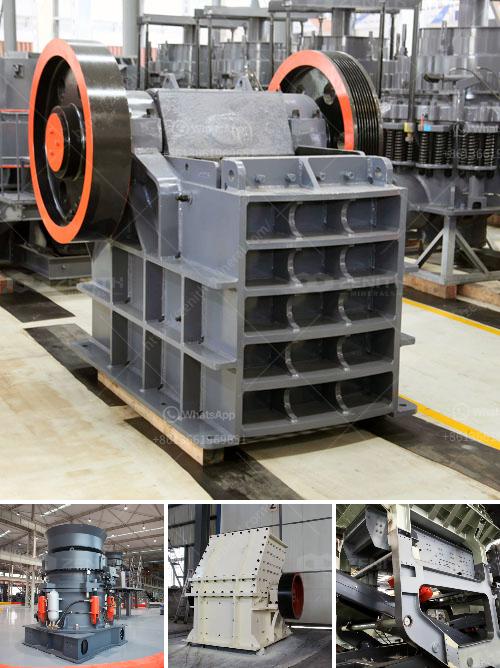The raw ore crushing process involves several stages to reduce the size of the extracted ore and prepare it for further processing. Here's an overview of the typical stages:
-
Blasting and Extraction:
- Large blocks of ore are loosened from the earth through controlled explosions (blasting).
- The extracted ore is then transported, often by heavy machinery, to the crushing plant.
-
Primary Crushing:
- The large chunks of ore are fed into a primary crusher, such as a jaw crusher or a gyratory crusher.
- The primary crusher reduces the size of the ore to manageable pieces, typically 4-6 inches in diameter.
-
Secondary Crushing:
- The ore from the primary crusher is conveyed to secondary crushers, such as cone crushers or impact crushers.
- This stage further reduces the size of the ore into smaller, more uniform pieces, usually less than 2 inches.
-
Screening and Conveyor:
- Crushed ore is screened to separate it into different size fractions.
- Oversized material might be recycled back to the secondary crushers for further reduction.
- The screened material is then transported by conveyor belts to the next processing stage.
-
Tertiary Crushing (if required):
- In some operations, a tertiary crushing stage may be included to achieve the desired ore size for specific applications.
- Tertiary crushers can include roller crushers, rod mills, or vertical shaft impactors (VSI).
Each stage is critical to ensuring the ore is appropriately sized for the subsequent stages of mineral processing, such as grinding, concentration, and beneficiation.


